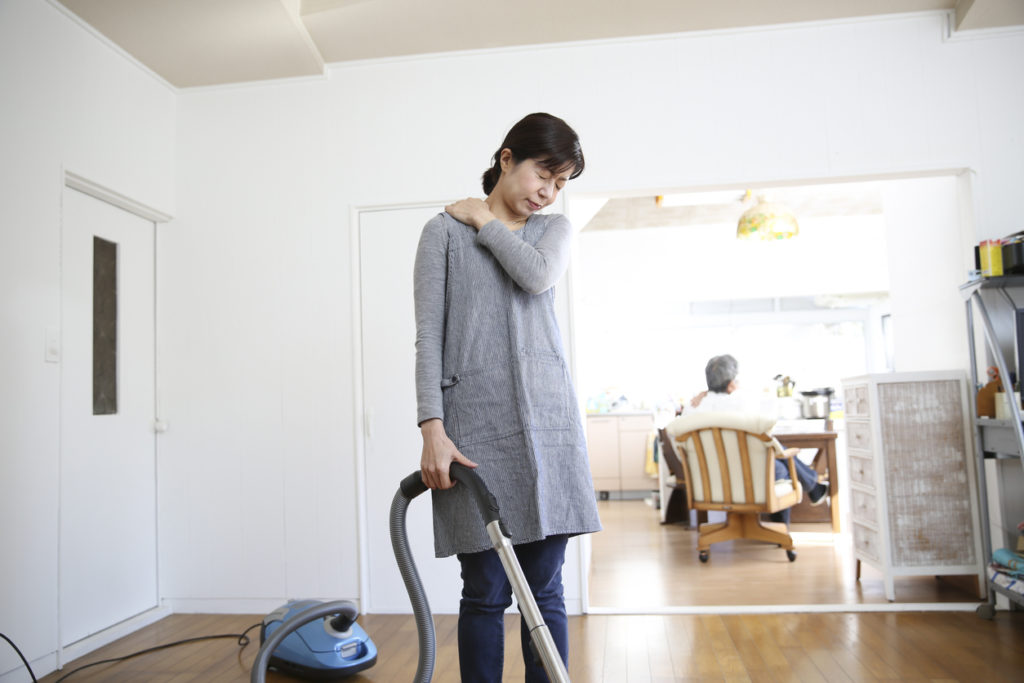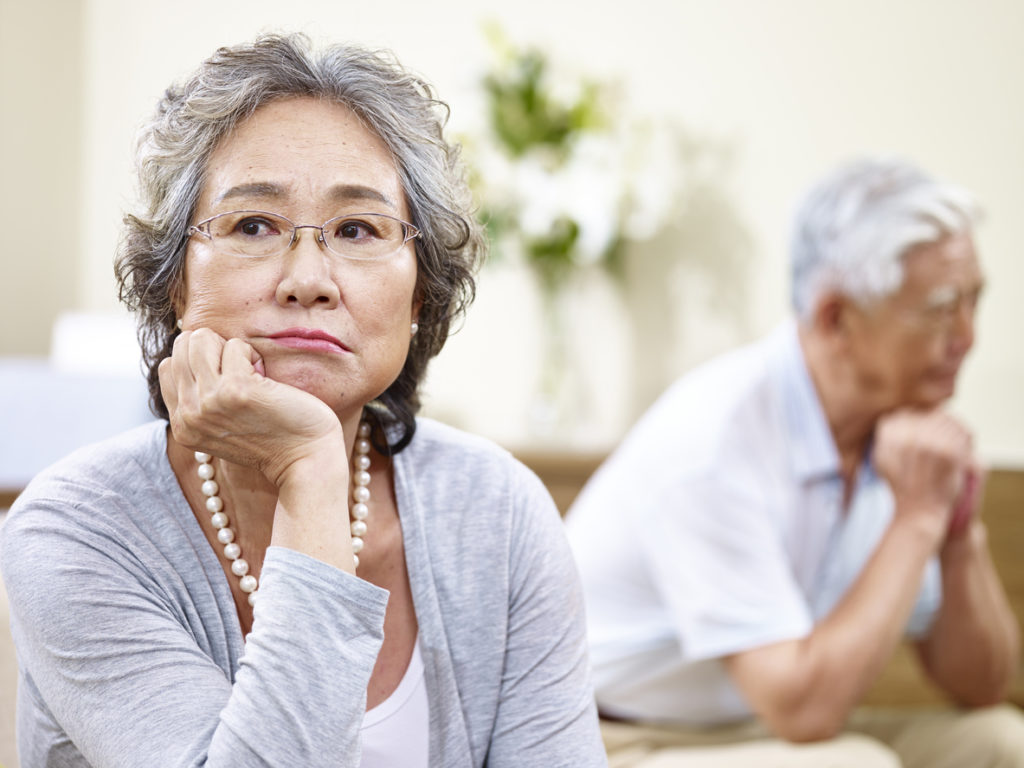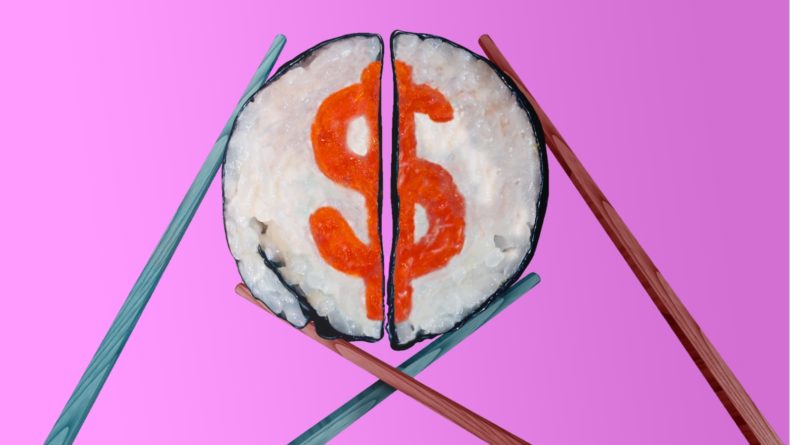Graduating from Marriage, the Japanese Phenomenon of Sotsukon
Gaining freedom, without divorcing
Older couples slip off the shackles of traditional marriage to create individual lives that are both together and apart.
In the early 2000s, Japanese writer Yumiko Sugiyama was wondering what marriage in Japan would look like if couples could gain the freedom they desired without getting a divorce.
Her efforts culminated in her 2004 book about the concept of sotsukon—Sotsukon no Susume – Recommending the Graduation from Marriage.
The word sotsukon is a combination of the Japanese words for graduation (sotsugyo, 卒業) and marriage (kekkon, 結婚). It’s used to describe a couple that stays legally married but lives their own life independent of their spouse.
…most of us know that the expectations we have maintained will at some point no longer serve our best interests. You can either ‘graduate’ to a new phase together, or end the relationship.
To Western sensibilities that may be a puzzling explanation. Isn’t marriage supposed to be two people living happy lives together in the first place?
The difference comes from the very strict roles traditionally prescribed to husbands and wives in Japanese marriages. As Sugiyama explained in an interview with CNN, “In Japan, traditionally the man is the head of the household, and the wife lives under his financial support as a domestic worker.”
Fearing hubby’s retirement
Most older Japanese women end up playing the role of maid or mother while their husbands dedicate themselves to work. This role is typically so hands-on that many husbands have no idea where their own underpants are stored. The wife would always supply them when needed. Consequently, many wives fear the day that their husbands retire from work and will require their services all day every day.

This fear was reflected in one of the first surveys of public interest in sotsukon, which was carried out in 2014 by architecture agency Interstation. It asked 200 married Japanese women ranging from their 30s to late 60s whether they were interested in shifting to sotsukon eventually. Of the 200 wives, 56.8% said they were.
When those women were then asked when they wanted to make that change, the most popular answer, at 35%, was when they are 60 to 65 years old—right in line with when their husbands are due to retire.
‘Now that our children are adults, I want to do all the things that I’ve wanted to do, but held myself back from.’
Reasons the respondents gave for wanting sotsukon typically reflected their desire to enjoy their lives no longer subjected to the needs of their husbands and children. Some responses included:
“I want each of us to pursue our own dreams while we still have the good health to do so.”
“I want time to myself without the bother of having to report my actions to my husband.”

“Now that our children are adults, I want to do all the things that I’ve wanted to do, but held myself back from.”
“I want to be freed from housework.”
“I love my husband, but living together in the same house all the time, we take each other for granted. Living apart would make us appreciate and like each other more.”
The different styles of sotsukon
One of the key aspects of sotsukon is its flexibility. Some couples continue to live in the same house but do their own cooking and cleaning like housemates. Others choose to live in separate homes but meet regularly for dates, to chat, or to help each other with work or chores.
Unlike divorce, there are no legal procedures that couples have to go through, which makes sotsukon a cheaper, easier way to create space in a marriage. Couples can also easily return to their former lifestyle, and as old age approaches, it is reassuring to have a formal connection to someone who will help look after you when needed.

Women are generally more enthusiastic about sotsukon. A more recent study, conducted by the Meiji Yasuda Research Institute found that women view sotsukon more favorably than men. The survey was conducted online in June 2018 and answered by 12,000 Japanese men and women aged 40 to 64.
A positive view
Across all age groups, both a majority of men and of women had at least a somewhat positive view of the idea of sotsukon. The percentage rose from 51.5% for men 40 to 44 years old, to 61.4% for those aged 60 to 64. The figures for women started at 69.3% for those aged 40 to 44 and reached 78.7% in the eldest group.
Unlike divorce, sotsukon is for couples who want to maintain a connection. These couples typically still like each other, or they at least don’t dislike each other.
The high rates of these figures suggest that, while some of us will continue to have fulfilling marriages throughout our lives, most of us know that the expectations we have maintained will at some point no longer serve our best interests. You can either “graduate” to a new phase together, or end the relationship.
The same survey also looked at the popularity of divorce and found it lagging far behind sotsukon. It asked married respondents if they had considered divorcing their partner when either of them retired. Among those with children, 19.6% of men said they had, while 28.1% of women said so. For those without children, 11.1% of men had considered a future divorce, while 13.3% of women had.
The disadvantages of sotsukon
In order for sotsukon to be successful, couples need to be open and honest about what they want from the relationship. Finances are one particular area that needs to be predetermined. Will one person fund the other’s daily needs, or will they each pay their own? Who will pay off the home loan?

While divorce ensures particular financial rights to each party, and the civil code requires that a dependent spouse’s daily needs are taken care of, sotsukon relationships leave these decisions uncertain. It’s a good idea for couples seeking sotsukon to discuss these issues with a lawyer or financial advisor in advance to avoid any conflict later.
Furthermore, newfound space between couples has the potential to lead to new romances. Would that qualify as infidelity and lead to actual divorce?
Redefining married life
Unlike divorce, sotsukon is for couples who want to maintain a connection. These couples typically still like each other, or they at least don’t dislike each other.
At first sight, cases of sotsukon where a couple shares the same house seem similar to the much older Japanese concept of kateinai bekkyo (かていないべっきょ, 家庭内別居), which means living apart within the same household. This is more for married couples who do hate each other, but stay together for financial reasons. Some couples in this situation even set a kitchen and bathroom usage schedule so they don’t accidentally run into each other.

While that situation reeks of bad vibes, sotsukon is a positive idea that gives couples sufficient space to live the life they want without regrets and compromise. It’s a beautiful thing to give yourself and your partner.
Of course, married life shouldn’t stop anyone from living that way to begin with. But, in Japan, people are very serious about fulfilling their social roles. Perhaps it’s necessary to maintain the social cohesion that we enjoy here. Internalized pressure to perform those roles the “right” way is very strong. It’s heartening that older generations are starting to teach Japan that the truly right way is one’s own way.
















Leave a Reply